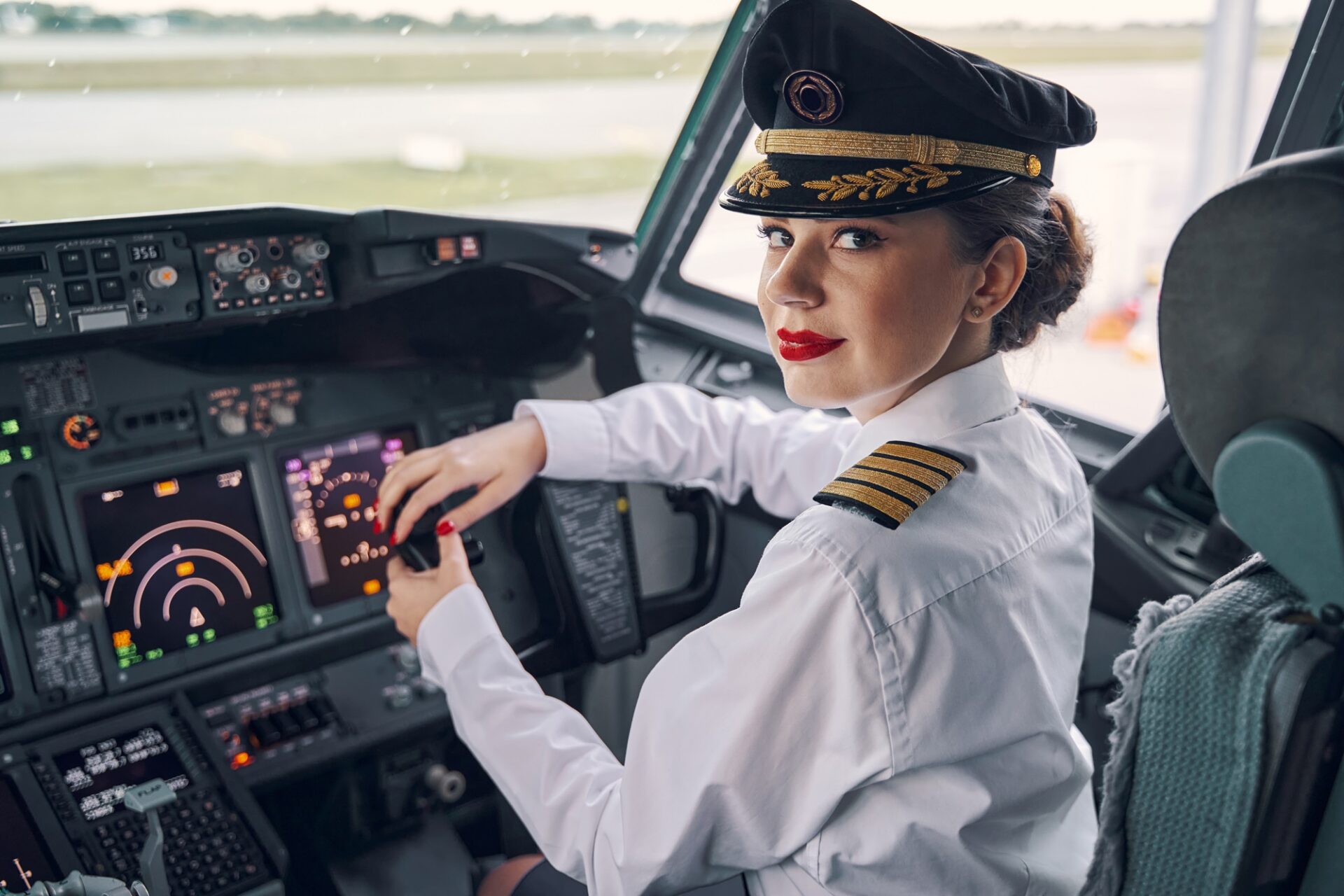Discussions about gender diversity in aviation have been ongoing for six years, but they are now gaining critical momentum. Launched in 2019, the International Air Transport Association’s (IATA) ’25 by 2025′ initiative has shifted the focus from talk to action. As the target year arrives, the question remains: will 2025 see industry-wide changes to the job market, as predicted?
IATA’s voluntary initiative began six years ago, calling for member organizations to increase female representation in senior roles or areas where women have been historically underrepresented. The goal – to achieve a minimum 25% representation or a 25% improvement from current levels by 2025. Abdelmagid Bouzougarh, CEO of Aerviva, an international aviation recruitment consultancy, says that in those six years there has been significant push made, albeit, as the data shows, somewhat unevenly spread.
“While for some gender diversity might’ve been just a box to tick, it holds much more value all across the board – it’s has become a business imperative,” highlighted Bouzougarh. “It has challenged us, as an industry, to rethink our strategies, embrace fresh perspectives, and ultimately, strengthen the industry’s resilience. It’s a clear signal that change is both necessary and achievable, though it took almost six years to gain a good momentum.”
In 2023, 33 of the 100 signatories reported data on senior roles had already met the initiative’s growth or level targets, according to IATA’s Gender in Aviation 2024 report. Women accounted for 41% of the talent pool across these organizations, though regional representation varied widely. In the Asia-Pacific region, women made up 47%, while Africa and the Middle East averaged a lower figure of 33%.
Countries like India – with the Directorate General of Civil Aviation (DGCA) at the forefront – have been also stepping up to champion gender diversity in aviation, noted Bouzougarh.
“In India, women currently represent between 5% and 15% of the professionals across different aviation roles. Remarkably, their highest participation is among pilots, where they make up 15% – three times the global average and a significant milestone. Even more encouraging, in 2023, women accounted for nearly 18% of the 1,622 commercial pilot licenses issued in the country, a notable 22% increase compared to the previous year.”
United Arab Emirates have also made a mark in gender diversity. Over 27,000 women are working in the aviation sector, accounting for 42% of the professionals. Another country to note – Australia, which counts 36% of women as air traffic personnel. Globally, however, women still account for less than 20% of the talent in most aviation-related roles.
The benefits of embracing gender diversity go far beyond just improving representation, as Bouzougarh points out. According to data from the International Labour Organization (ILO), closing gender gaps could significantly boost global GDP. In a similar vein, research by the World Bank suggests that achieving gender equality in human capital could lead to a global income increase of US $24,586 per person.
Improving gender equality in the European Union could boost GDP per capita by 6.1% to 9.6%, adding between €1.95 trillion and €3.15 trillion to the economy by 2030. On top of that, achieving gender parity could lead to the creation of up to 10.5 million new jobs by 2050, showing just how much diversity can shape economic growth and stability.
Despite these promising initiatives, achieving gender parity in aviation comes with its challenges. Historical biases, lack of access to opportunities, and insufficient role models are barriers that still need to be addressed, and still need time.
“We need to move beyond token gestures and take tangible steps to create an inclusive ecosystem,” explained Bouzougarh. “The reality is – the aviation sector continues to face an unprecedented demand for talent, and improving gender diversity is a necessity, not just an opportunity. We hear talks about efforts for meeting the demand, but we can’t meet the demand if we’re creating opportunities for only half of the potential talent. For real change to happen, the aviation industry needs to take determined steps. This means creating more mentorship programs, and offering scholarships, as well as for aviation companies to create and keep up an inclusive culture where women feel supported in advancing to leadership roles. We must make sure that the industry’s doors are open at every level.”
Beyond the talent pool, gender diversity in aviation also has a ripple effect on society as a whole. Bigger and better female representation can inspire the next generation of professionals and challenge outdated stereotypes about what roles women can or should occupy.
The job market and the aviation sector, however, are at a turning point. Meaningful change is only being paved by international initiatives like IATA’s 25 by 2025 and national commitments like India’s drive for a 25% female representation in the industry. Long-term dedication and cooperation within the sector will be necessary for these initiatives to have a significant impact.
“The progress we’ve made is encouraging, but there’s still a lot to be done,” Bouzougarh says. “The true reflection of this progress will be the lasting impact the initiatives have for the industry’s ability to innovate and grow – not just for the professionals themselves. As an industry, we aimed to hit these targets by 2025, but much more work lies ahead.”
Although the industry faces a difficult future, the benefits to people and the economy as a whole are too great to be overlooked. The industry needs to take proactive measures to make gender diversity a reality, including investing in mentorship programs, holding companies accountable, creating inclusive work environments, and establishing quantifiable diversity goals. Aviation can only fully realize the growth and innovation that diversity brings through consistent teamwork.

